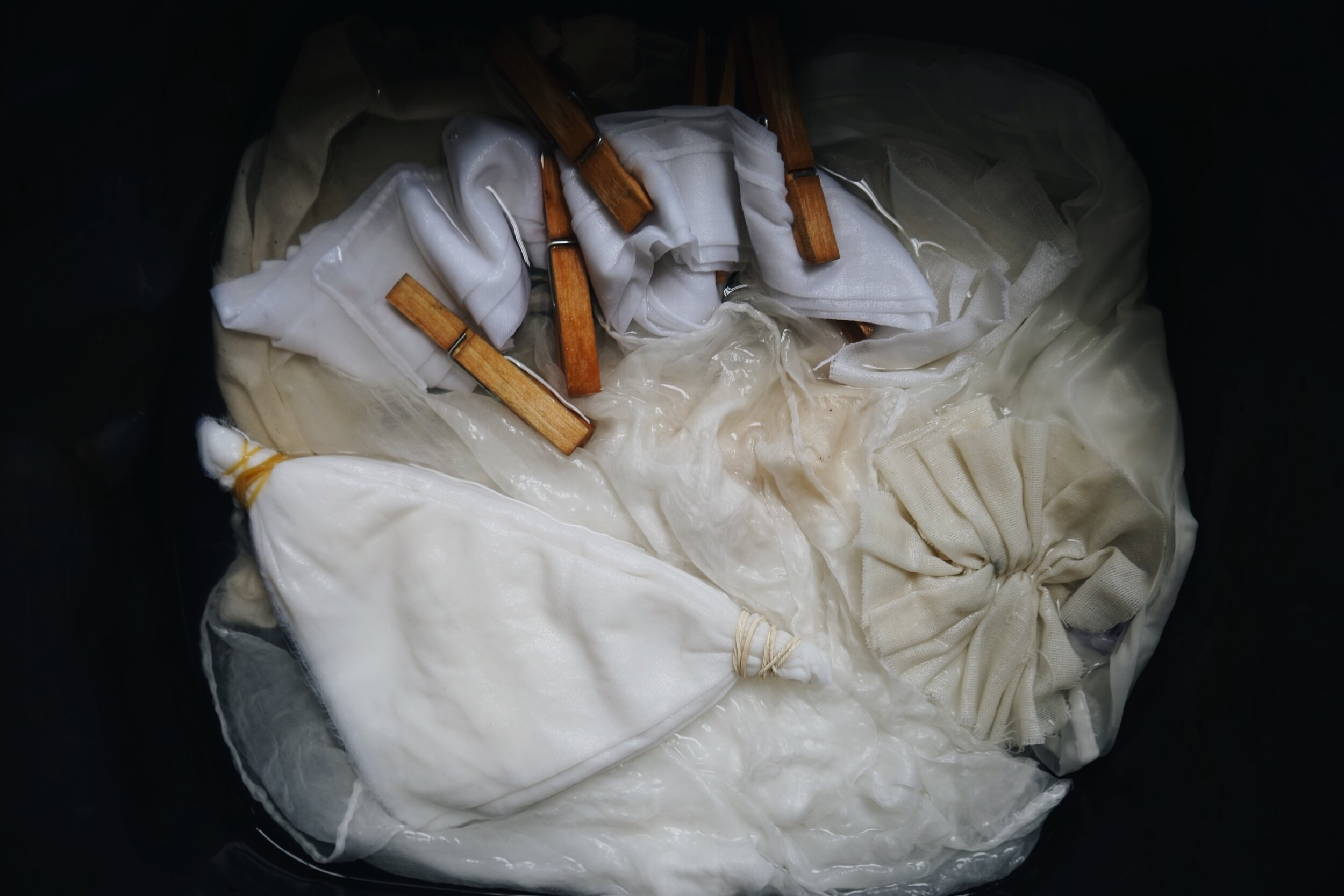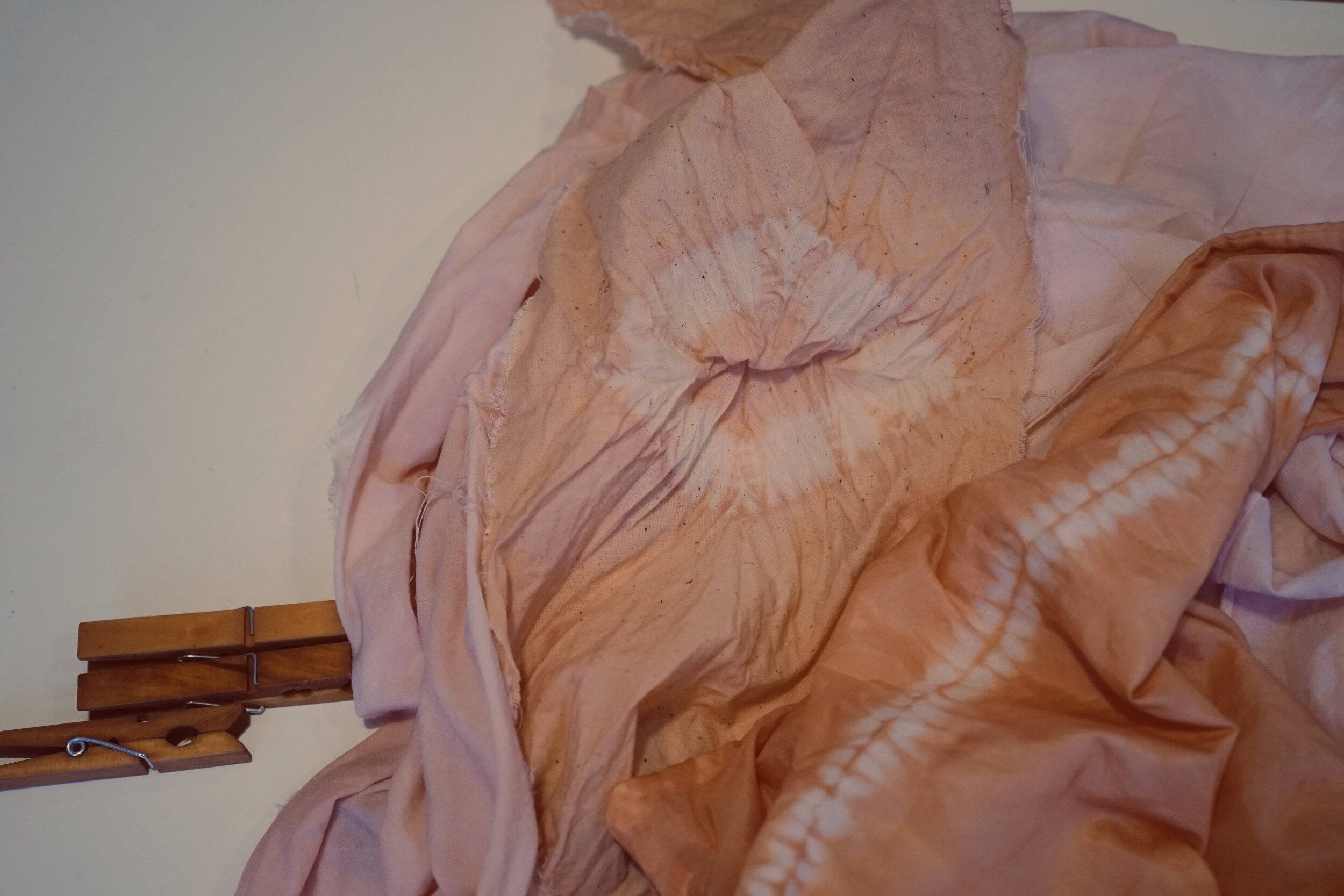“The Lisu people are a Tibeto-Burman ethnic group who inhabit mountainous regions of Myanmar, southwest China, Thailand, and the Indian state of Arunachal Pradesh. About 730,000 Lisu in China live primarily in western and northwestern Yunnan province, primarily in the Nujiang Lisu Autonomous Prefecture, Lijiang, Baoshan, Diqing Tibetan Autonomous Prefecture, and Dehong Day and Jingpo Autonomous Prefecture.
Fire grass linen is an important material for Lisu people, and the weaving technique is very special.
This video document the process of making fire grass linen from picking the fire grass leaves to finishing in costume, which shows the complicated and unique skill of this beautiful cultural handcraft.
Weaving the fire grass linen
Picking fire grass leaves in the local mountain
Washing the fire grass leaves in the river
Teaching the young generation how to make fire grass yarn out of the fire grass leaves
Gu Yuju shows how to prepare the twine for weaving














